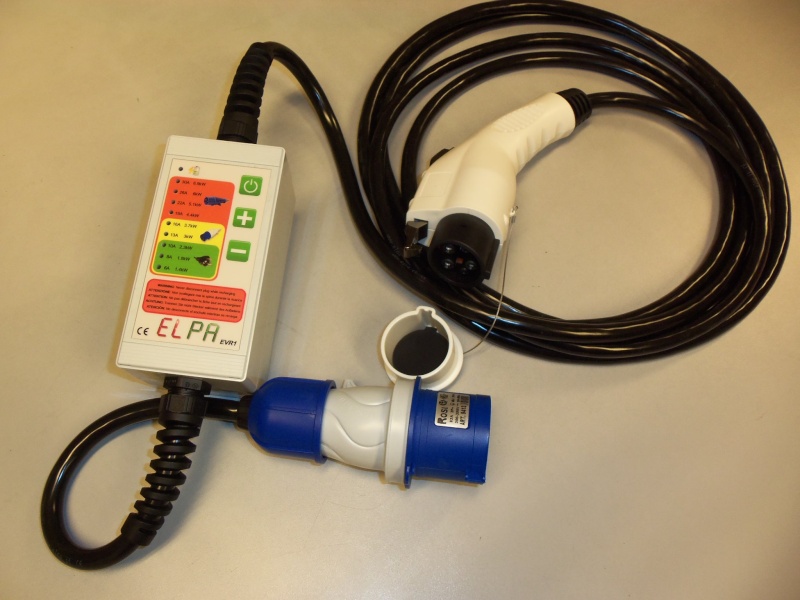Llecentaur said:
As far as I know, my clothes dryer pulls 3000 watt and comes with a normal plug, it is really strange suddenly 3000 watts on an EV are so much more trouble than 3000 watts on a dryer !
Am I missing something ?
Can you plug your clothes dryer into any outlet in your house . . . . or do dryers take a special outlet? I'm pretty sure they are trying to make the EVSE safe when plugged into any outlet
Here in the USA, our 120 volt outlets installed in any house built in the last 20 years or so are all rated at 20 amps and they are wired with 12/3 wire. In older homes, the same plug could be wired for only 15 amps (14/2 or 3 wire) and the really old outlets were only good for 10 amps. In addition, many of our household outlets are wired with 3 or 4 outlets on a single circuit breaker (or fuse in an older house) so you could be plugging your EVSE into a circuit where the breaker was also powering something else, like a clothes washer or a refrigerator. Consequently, to be absolutely safe, our EVSE's all came from the factory set for 120 volts at 8 amps - A piddly 960 watts.
Now, here in the USA, ALL of our 240 volt outlets are a single outlet on a single circuit breaker - I cannot think of a modern house with a 240 volt outlet which shares a breaker with any other outlet, so a clothes dryer for instance ALWAYS has it's own breaker . . . . if you're going to recharge from a dryer outlet, you'd have to unplug the dryer first
I'm guessing your clothes dryer outlet is the same - It's 3,000 watt load doesn't share a breaker (or wiring) with anything else, but I'm betting your 240 volt household outlets do. So, if you had a 16 amp EVSE, and it fit your standard household plugs, your charging cable *could be* sharing a breaker with a refrigerator or washing machine and THAT could possibly overload your outlet or the wire feeding it
Keep in mind that electric cars are still in their infancy - All we need is for ONE owner to burn down his house recharging his car and the industry as a whole would suffer a black eye we would never hear the end of
As I mentioned earlier - Be grateful for your 'standard' 2400 watt EVSE . . . . our 'standard' over here is 960 watts
Don


